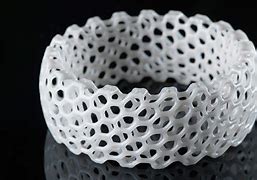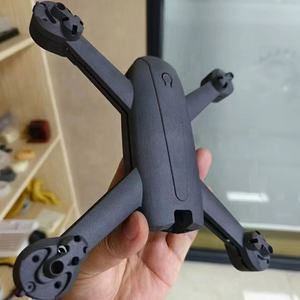Keeping the Heat In: Your Go-To Guide for a Cozy 3D Print Head
(What Materials Can You Use To Insulate A 3d Print Head)
Imagine your 3D printer’s hotend as a tiny stove. Just like a stove needs insulation to keep heat where it belongs, your print head needs help staying warm to melt filament smoothly. If heat escapes, you get clogs, uneven layers, and a lot of frustration. So, what materials can you use to trap that heat? Let’s break it down.
Silicone socks are the cozy sweaters of the 3D printing world. These stretchy covers slip over the heater block and nozzle, locking in heat while keeping drafts out. They’re cheap, easy to install, and come in bright colors. But they’re not perfect. Over time, silicone can degrade from high temps, especially if you print with materials like nylon or PC. If you see cracks or discoloration, swap it out.
Fiberglass tape is the duct tape of insulation. Wrap it around the heater block, and it reflects heat back into the system. It’s cheap, fire-resistant, and works with most materials. The downside? It’s messy. Fiberglass sheds tiny particles, so wear gloves when handling it. Also, it’s not reusable. Once you peel it off, you’ll need fresh tape for the next round.
Ceramic tape is the upgraded version of fiberglass. Made from alumina-silica fibers, it handles higher temps without breaking down. It’s pricier but lasts longer. Wrap it snugly around the hotend and secure it with Kapton tape. Just don’t wrap it too tight—air pockets between layers help insulate better.
Kapton tape (polyimide tape) is the unsung hero. This golden, heat-resistant tape isn’t insulation by itself, but it’s great for holding other materials in place. Use it to secure ceramic or fiberglass tape. It also protects wires and sensors from heat. Apply it smoothly to avoid bubbles, which trap air and reduce efficiency.
Mineral wool is the heavy-duty option. Found in ovens and furnaces, this fluffy material can handle extreme heat. Tear off a small piece, mold it around the heater block, and wrap it with Kapton tape. But be careful—mineral wool fibers are irritating to skin and lungs. Wear a mask and gloves when handling it.
High-temperature epoxy is for the DIY crowd. Mix a heat-resistant epoxy like JB Weld and apply it around the heater block. It hardens into a custom insulation shell. Precision matters here—keep the epoxy away from the nozzle tip or thermistor wires. Once it cures, it’s tough to remove, so plan carefully.
Choosing the right insulation depends on your setup. For casual PLA printing, silicone socks or fiberglass tape work fine. If you’re pushing temps with ABS or PETG, ceramic tape or mineral wool offer better durability. Always check your printer’s max temperature ratings. Insulation helps, but you don’t want to overheat other components.
A few tips: Monitor temps after insulating. Sometimes trapping too much heat can cause thermal runaway. Use a firmware with safety features. Clean the hotend before applying insulation—dust or old filament residue can burn and create fumes. Lastly, test one material at a time. Mixing methods might seem clever, but it can lead to uneven heating or wasted effort.
(What Materials Can You Use To Insulate A 3d Print Head)
Insulating your hotend isn’t just about efficiency. It’s about consistency. A stable temperature means smoother extrusion, fewer clogs, and better prints. Whether you pick a silicone sock or go full DIY with epoxy, the goal is the same: keep the heat working for you, not against you.
Inquiry us
if you want to want to know more, please feel free to contact us. (nanotrun@yahoo.com)

